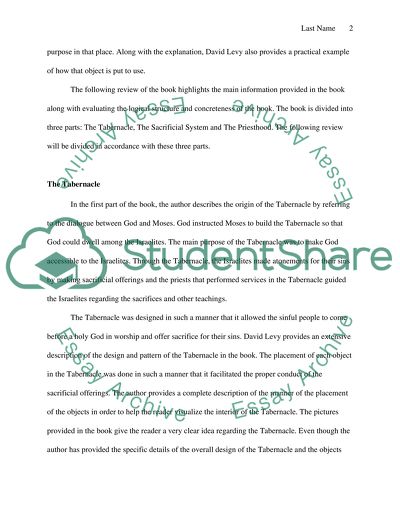Cite this document
(“The Tabernacle by David Levy Book Report/Review”, n.d.)
Retrieved from https://studentshare.org/literature/1399317-12-pages-review-summary
Retrieved from https://studentshare.org/literature/1399317-12-pages-review-summary
(The Tabernacle by David Levy Book Report/Review)
https://studentshare.org/literature/1399317-12-pages-review-summary.
https://studentshare.org/literature/1399317-12-pages-review-summary.
“The Tabernacle by David Levy Book Report/Review”, n.d. https://studentshare.org/literature/1399317-12-pages-review-summary.


